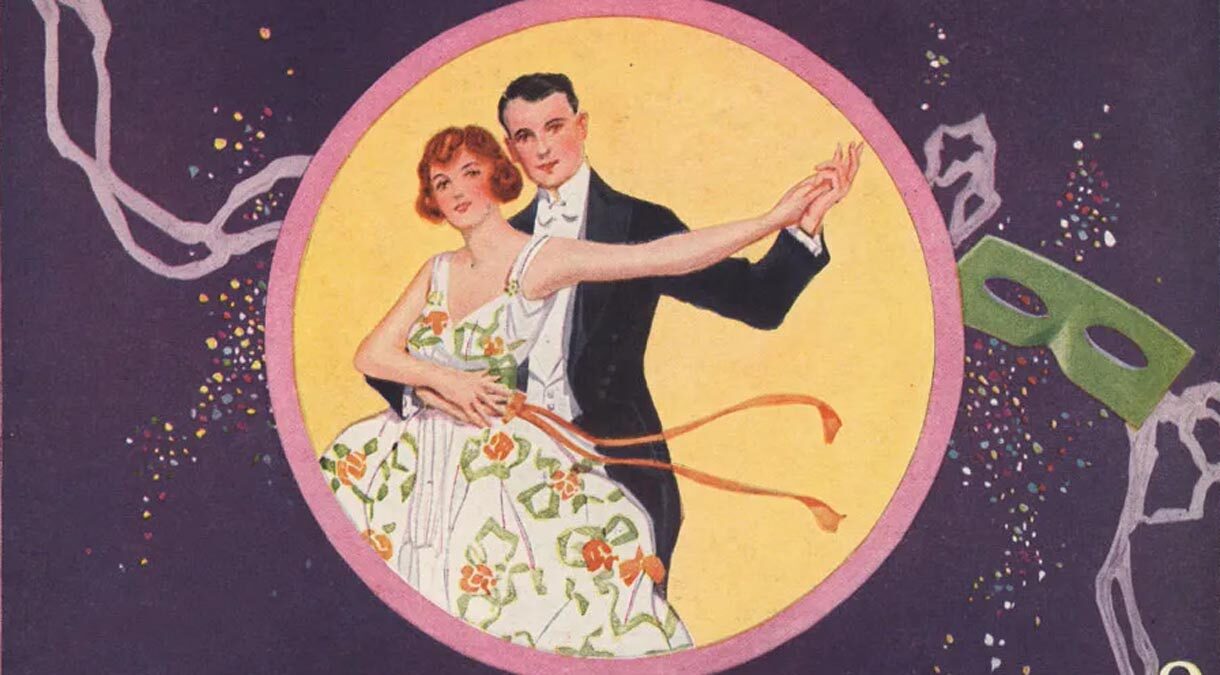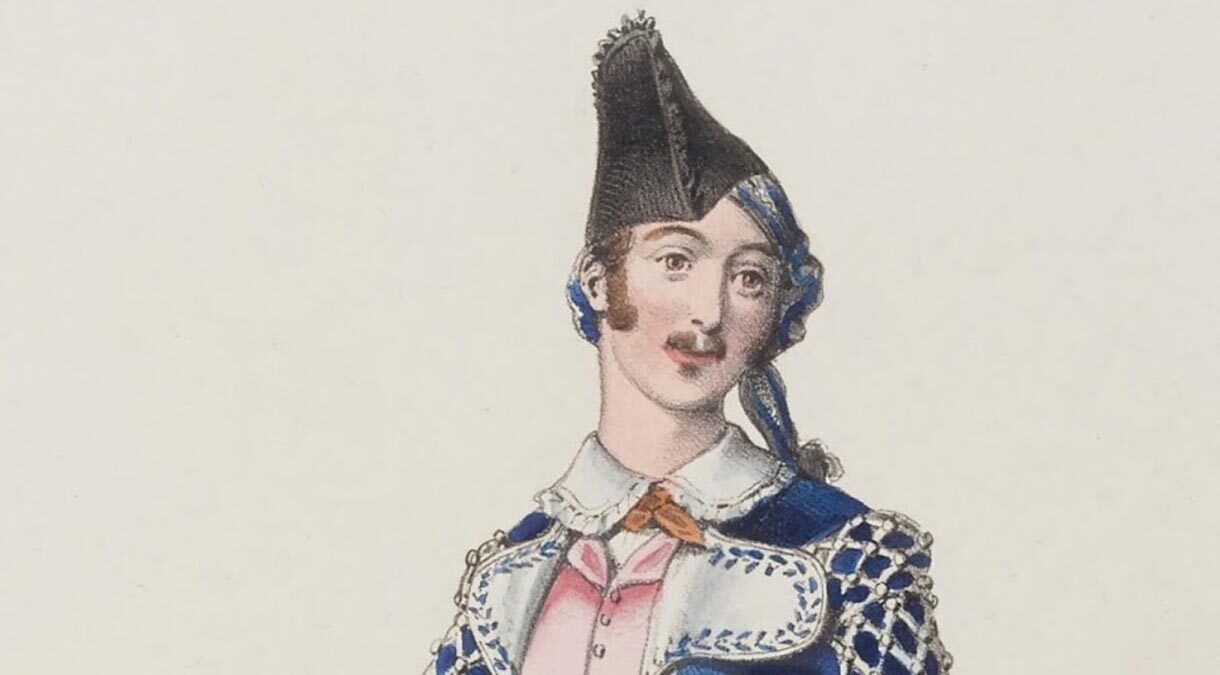“Let’s Be Sentimental.” Lyrics by Desmond Carter, music by Vivian Ellis (1930). Recorded in London on October 23, 1930 by Percival Mackey and His Band with vocalist Maurice Elwin. Columbia CB-168 mx. WA-10818-2.
Personnel: Percival Mackey dir. Jack Jackson-Andy Richardson-t / Ben Oakley-tb / Chester Smith-another?-cl-as / George Smith-ts / Dave Fish-vn / Pat Dodd-p / Bob Martin-bj-g / Jim Bellamy-bb-sb / Billy Harty-d / Maurice Elwin-v
(Transfer by Henry Parsons)
“Let’s Be Sentimental” is, like many British dance band tunes, a delightful by-product of a not very successful London show. Little Tommy Tucker is the story of one Thomasina (“Tommy”) Tucker, the daughter of an impoverished baronet, who has to — you guessed it — “sing for her supper.” The man she has fallen in love with is betrothed to her sister. He does not love the sister, but his best friend does. Trying to get away from it all, Tommy ends up in Biarritz, impersonating a singer who has herself been pretending to be an exiled Russian princess. This is a comedy of errors reminiscent of the P. G. Wodehouse Blandings novels, insofar as several of the characters are always confused as to the others’ identities.
Little Tommy Tucker toured for six weeks, was partially recast and rewritten, and then lasted only two and a half months on the London stage. 1 In spite of this lackluster performance, Pathé would release a film version the next year, although it used only two of the songs and renamed it Out of the Blue, after one of the songs. “Let’s Be Sentimental” is the other, and it is sung by Gene Gerard and Jessie Matthews.
The lyrics concern the supposed necessity of going through commonplace romantic gestures if romance is to succeed. There is some clever wordplay, but it is the tune that is truly daring. In each verse the melody gradually rises, then falls a fifth abruptly, rises a fifth, falls a fifth, and then rises and falls a third time. That pattern is likely to throw off a less than competent singer, and even then, there is the risk of sounding like a police siren. Composer Vivian Ellis must have liked the effect, as he used a toned-down version of it in “I’m on a See-Saw” in Jill Darling (1934). 2
Percival Mackey must have felt bullish about Maurice Elwin, as it is the latter who introduces the unusual melody, and not the instrumentalists. By contrast, in the Jack Hylton version of “Let’s Be Sentimental,” first-rate vocalist Pat O’Malley comes in comparatively late in the recording. 3 It is my overall impression that Elwin leads with the vocals somewhat more often than other singers — I shall have to substantiate that claim over time — and I suspect that, if I am right, it is because he is reliably interesting without upstaging the band. There is little risk of doing that here, though: Percival Mackey’s band is at its most elegant in this piece, successfully executing the clever arrangement that puts foregrounded saxophones and violins in antiphonal conversation with muted brass. 4
Notes:
- London Musicals (1930-1934). Over the Footlights. ↩
- My thanks to Julian Dyer for pointing out the resemblance. ↩
- The third British dance band appearance of “Let’s Be Sentimental” is in a New Mayfair Dance Orchestra medley, which may be heard on John Wright’s British Dance Band Show No. 274. ↩
- My thanks to Terry Brown and Henry Parsons for their comments on the arrangement. ↩









